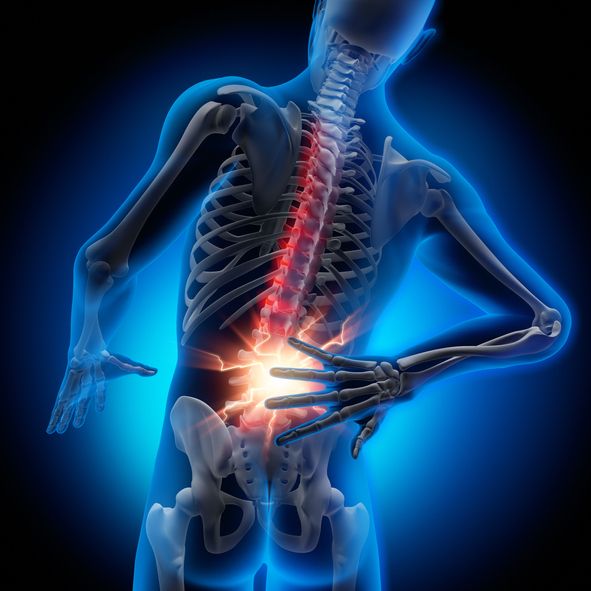How Much Do You Know About panchakarma treatment?
How Much Do You Know About panchakarma treatment?
Blog Article
Lower back pain is something that many of us experience eventually in our lives, with up to 85% of adults handling it. Whether it's a dull, irritating ache or a sharp, persistent pain, it can be extremely disruptive. The majority of the time, it stems from problems in the lower spinal column, tense muscles, or perhaps neighboring organs. While conventional treatments focus on managing symptoms, integrative methods like Ayurveda, Yoga, and Acupuncture dive much deeper, resolving both the physical pain and the emotional toll that pain can take on us.
What Causes Lower Back Pain?
Lower back pain can come from a variety of sources, such as:
● Problems in the lumbar spine: Issues with the vertebrae or discs in the lower back.
● Muscle stress: Overworked or irritated muscles from bad posture, overexertion, or tension.
● Nerve compression: Commonly triggered by a herniated disc continuing close-by nerves.
● Internal organ problems: Pain referred from organs in the pelvic or stomach.
If your pain is serious, remains in spite of rest, or includes symptoms like leg pain, pins and needles, weakness, or unusual weight reduction, it's important to see a doctor.
How Ayurveda Can Help
Ayurveda, with its holistic and time-tested remedies, offers natural solutions for dealing with lower pain in the back. Here are some treatments that can assist:
● Kati Basti: This includes applying warm, medicated oil directly to the lower back. The warmth and oil interact to reduce tightness, promote blood flow, and soothe pain.
● Elakizhi: Medicated herbal leaves are utilized in a hot compress to ease muscle stress and promote healing.
● Panchakarma (Basti): This treatment uses a medicated enema to relax Vata dosha (among the body's energy types). Vata imbalance is frequently linked to pain in the back, and Basti assists restore balance, decrease inflammation, and avoid reoccurrence.
Acupuncture for Pain Relief
Acupuncture is another powerful method to handle neck and back pain. By inserting great needles into particular points on the body, acupuncture:
● Stimulates the release of endorphins, the body's natural pain relievers.
● Improves circulation and minimizes inflammation in the affected location.
● Works hand-in-hand with Ayurveda to offer a well-rounded and reliable pain management service.
Yoga for Long-Term Relief
Yoga complements Ayurveda and Acupuncture, supplying a way to handle pain every day. It helps by:
● Stretching and reinforcing the muscles: Yoga positions can help enhance flexibility and ease stress in the back.
● Breathing exercises and meditation: These practices relax the mind, minimize stress, and support your body's natural recovery process.
While yoga alone may not completely remove the underlying causes of lower back pain, it can considerably ease pain and help keep a healthy, pain-free back in time.
A Holistic Approach for Lasting Relief
By integrating Ayurveda, Yoga, and Acupuncture, you're not just dealing with the symptoms-- you're resolving the root causes of lower pain in the back. These therapies interact to balance the mind and body, offering a more natural and detailed option to pain relief. With this integrative method, you can discover not only physical relief however likewise a greater sense of wellness and balance in your life.
If you're looking for a long-lasting, holistic method to manage your lower pain in the back, yoga for pregnant women these therapies could be the answer.